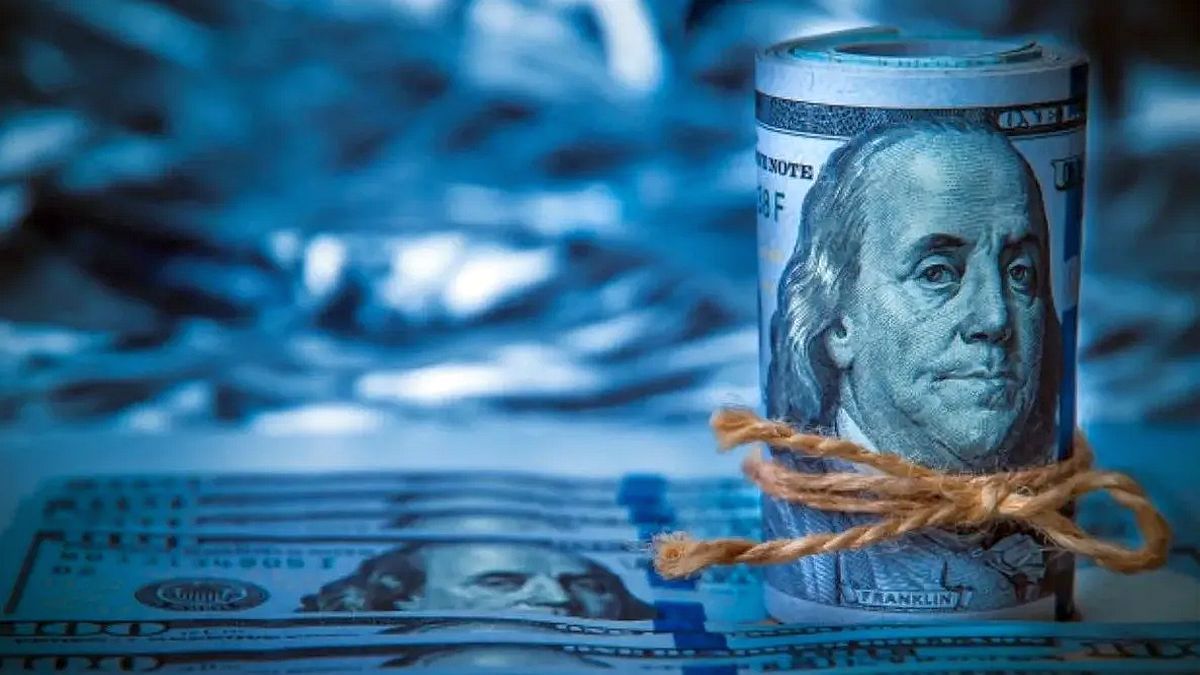However, this context of calm also raises questions about the short-term future. In Ambit We consult analysts to find out what is expected of the currency in the coming months.
Why Financial Dollars Lead the Rise
“The latest measures taken by Sergio Massa and the entry of dollars from the soybean sector and international organizations moderated devaluation expectations and the rise in interest rates by the BCRA helps decompress the pressures on the foreign exchange market. Nevertheless, we entered a stage where the international context is adverse for emerging countries like ours: where commodity prices correct downwards, local currencies are affected by the appreciation of the dollar and capital takes refuge in safer countries. Therefore, it is expected that as of November they will begin to put pressure on the financial dollars, increasing the gap,” said the economist Natalia Motyl in dialogue with Ambit.
In the same vein, Motyl explained what is happening with the blue dollar and financial dollars: “the movement of financial dollars is being affected by lower international liquidity and the drop in demand for the peso. The blue tends to go down at the end of the month to pay taxes and expenses. However, in the next few days they will correct that distortion.”
For his part, the economist Fabio Rodriguez was pessimistic about the future of parallel dollars: “the devaluation pressures do not give in, they are only postponed since we still do not see substantive measures to correct distortions and attract genuine dollars, as well as nothing to correct the barrage of pesos that follows feeding the ball of leliq with almost unsustainable accrual of interest”.
“The large commercial debt for imports that must begin to be paid will also add pressure to the market. Only the approval of the goals with the IMF and the disbursement of the program itself as well as that of international organizations are in favor in these weeks. No way is enough to neutralize the devaluation pressures of the current exchange imbalance, of the strong issuance and pressure on financial dollars and of the inflationary rhythm already reflected in a monthly 7% that makes the official exchange rate lose competitiveness month after month. The current rampant nominal race behind a patchy crawling scheme no longer serves to stabilize. A more comprehensive and comprehensive scheme is required”, he asserted forcefully.
What can happen with the blue
Contrary to this perspective, the economist Sergio Chouza He stated that the latest measures taken by Sergio Massa and the entry of dollars from the soybean sector and from international organizations did moderate devaluation expectations, while noting that the Central Bank’s rate hike helped decompress the tension in the exchange market.
“There was some overreaction in June, and the subsequent correction and stability is also an admission that there was an overreaction. Even so, we have high inflation with a floor of 6% per month, we are talking about a correction between 15 and $20 pesos per month so that the parallel prices do not appreciate with respect to inflation. That has not happened for several months and in fact if one compares with the beginning of 2021 and 2022 as well, the dollar in all segments increased less than inflation. Whereby there is an appreciation of the financial dollars, attentive to the fact that they had already advanced a lot“, he explained.
In this context, he assured that sooner rather than later the dollars will rise: “Nominally, there is not much future left for financial dollars in the area of $300 with 6 or 7 inflation, this is not sustainable, inflation ends up eating it. But in the next few weeks or months, there is going to be a nominal shift. I have the expectation that in the coming months it will increase below inflation, which is why it will continue to cut in real terms and the gap will continue to close.”
For his part, he pointed to the movement of the official dollar as something positive to prevent the financials from taking off with force: “The official dollar is going to be more on par with inflation, the movement was close to inflation. it can move by 3 or 4%, there can be a gradual and sustained narrowing of the gap”.
doWhat does the movement of the exchange rate from now on depend on? Chouza assures that the macroeconomic and financial signals will be key. “In the future, the conditions in terms of reserves can begin to be made more rigid and generate a climate of instability and devaluation pressures on the financial channels of the dollar. We have to see what happens with liquidity in pesos, that will reduce pressure. But if they stay around, they’re going to put pressure back on the gap.”
Source: Ambito
David William is a talented author who has made a name for himself in the world of writing. He is a professional author who writes on a wide range of topics, from general interest to opinion news. David is currently working as a writer at 24 hours worlds where he brings his unique perspective and in-depth research to his articles, making them both informative and engaging.




